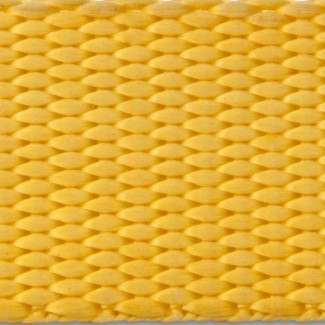- Local: (516) 346-4636
- Toll-Free: (800) 886-6060
- Fax: (516) 346-4366
- Email: kflynn@nationalwebbing.com
Tape and webbing are two industry terms that mean the same thing:
a thin strip of fabric. Both webbing and tape are constructed from varied
materials, including polypro fabrics, polyester, and nylon webbing. How webbing
is weaved also differs depending on the type being used. In short, webbing and
tape materials are widely recognized as durable, high strength, and heavy-duty.
Nylon webbing has mil-spec production and is lightweight and breathable
Is there a difference between tape and webbing?
Although they are similar, and people often confuse the two—there are fundamental differences. Tape is often thinner and not as robust as webbing, so tape is often used in lightweight and fashion applications. Webbing is often a thicker and more robust material used for military and other applications.
Tape and webbing look similar from a distance. Webbing and tape are often used to create fashion products like belts, backpack straps, and purses. Webbing and tape are both used for sporting goods in pet accessories, but webbing fabric is used in applications that require braking strengths of upwards of 10,000 pounds. Tape is not often used, for many good reasons, in load bearing and safety applications.
Tape is not as strong as webbing because of two main reasons. First, the material is not as thick, resulting in lower breaking strength. The other reason tape is not as strong is that tape is made from a twill weave structure. This type of structure looks beautiful, but it does not provide the highest levels of strength and safety.